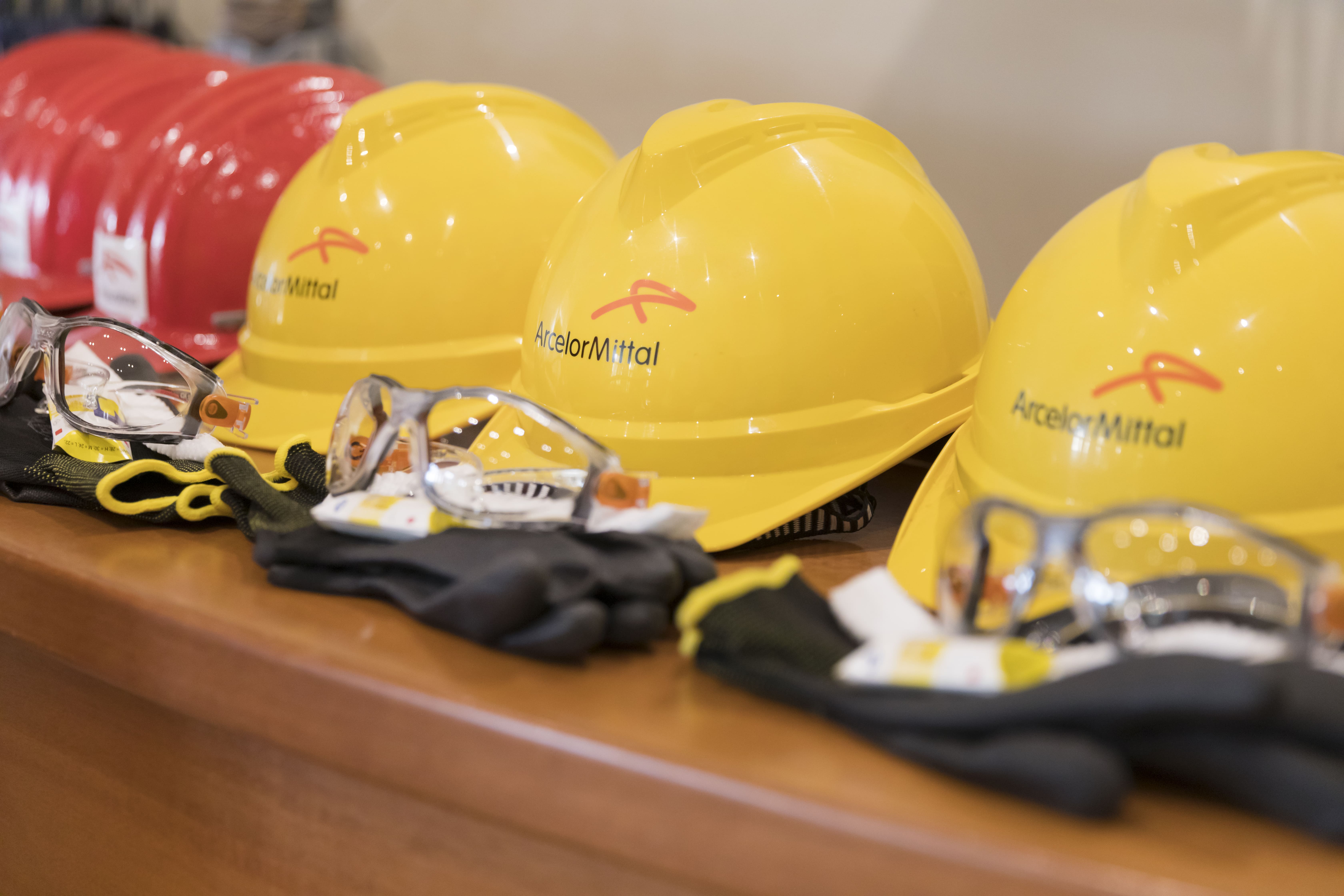

The History of the German Steel Helmet (1916-1945) by Ludwig Baer Free PDF d0wnl0ad, audio books, books to read, good books to read, cheap books, good books, online books, books online, book reviews epub, read books online, books to read online, online library, greatbooks to read, PDF best books to read, top books to read The History of the German Steel Helmet (1916-1945) by Ludwig Baer books to read online. Read The History of the German Steel Helmet (1916-1945) by Ludwig Baer for online ebook You can read the e-book on your own smart phone, so you can read this anywhere you want. This kind of book will bring you within new era of the the positive effect. That is important to yo7u to know how the improvement of the world. This particular book exist new understanding the information that exist in this guide represented the condition of the world now. You can get a lot of gain after read this book. The reserve with title The History of the German Steel Helmet (1916-1945) posesses a lot of information that you can learn it. You can also get the e-book in the official web site, so you can more easily to read the book. The book The History of the German Steel Helmet (1916-1945) is much recommended to you to study. When you try to find new book to see, this book very appropriate to you. The author style to clarify the idea is very unique. The book The History of the German Steel Helmet (1916-1945) will bring that you the new experience of reading a book. We propose you for having that The History of the German Steel Helmet (1916-1945) instantly. That makes it easy to understand then can go along, both in printed or e-book style are available. This particular book also makes your own vocabulary increase well. The article writer conveys their point in selected way that can be understood through anyone who read this because the author of this book is well-known enough. It doesn't mean that this book is hard to understand but The History of the German Steel Helmet (1916-1945) giving you buzz feeling of reading. At the time of the DAKs arrival in North African in February of 1941, there were two standard helmets being worn by the German military. The knowledge that you get from The History of the German Steel Helmet (1916-1945) could be the more deep you searching the information that hide within the words the more you get considering reading it. For German soldiers in North Africa who did receive a steel helmets, they would wear the exact same models that were issued to German soldiers in Europe. Its basic design is echoed in the Kevlar helmet used by American service personnel today.The History of the German Steel Helmet (1916-1945) by Ludwig Baer The History of the German Steel Helmet (1916-1945) by Ludwig Baer PDF, ePub eBook D0wnl0adBook by Baer, Ludwig From reader reviews: Jerry Osbourne: A succession of refinements followed, and variations on the “coal scuttle” became standard headgear in dozens of armies worldwide, most notably in Germany’s own World War II Wehrmacht. It saw its first combat use during the February 1916 Verdun offensive. On the strength of successful field tests, the German army placed an order for 30,000 helmets, though it didn’t officially issue the Stahlhelm until New Year’s Day 1916, hence its designation as the Model 1916. The liner comprised a leather headband, three padded leather pouches, adjustable leather or fabric cords, and a one-piece leather chinstrap. Fabrication of each Stahlhelm required the use of heated dies, making for a greater unit cost than the one-piece Brodie. German metalworkers crafted the Stahlhelm from martensitic silicon/nickel steel, a harder alloy than that used in the British Brodie helmet. Schwerd based his prototype on the broad-tailed medieval sallet. In 1915, as World War I settled into the static meat grinder of trench warfare, Prussian engineering professor Friedrich Schwerd of the Technical Institute of Hanover studied the nature and circumstances of returning soldiers’ head wounds and recommended the use of a steel helmet, which would better protect wearers from projectiles or shrapnel than the boiled leather Pickelhaube still largely in use. Behind the latter’s infamous shape, however, were practical considerations. (Illustration by Gregory Proch)Ī popular image of German militarism is the helmet, whether the spiked Pickelhaube (“point bonnet”) of Kaiser Wilhelm II or its successor the Stahlhelm (“steel helmet”). The iconic Stahlhelm, which debuted in World War I and achieved infamy in World War II, is echoed in many modern-day military helmet designs.


 0 kommentar(er)
0 kommentar(er)
